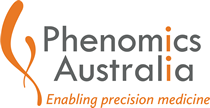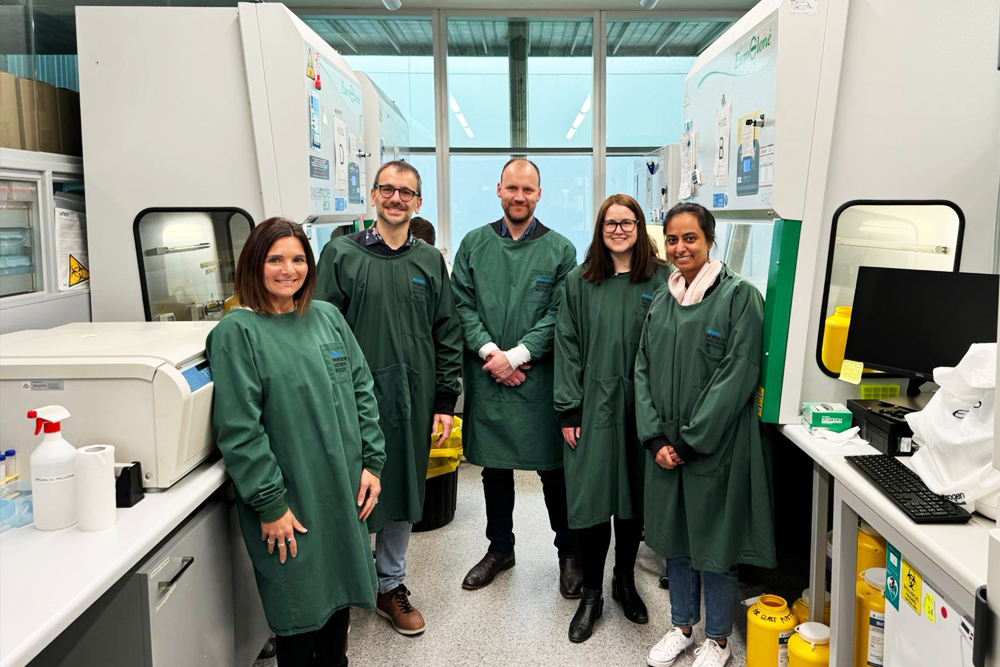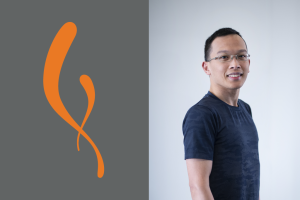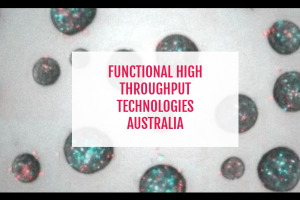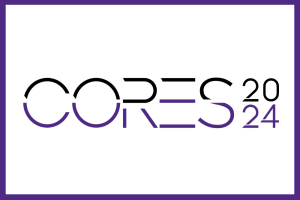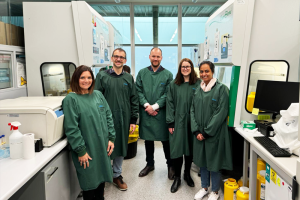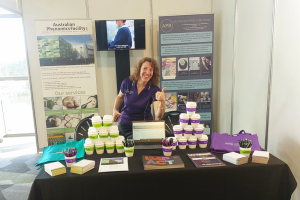Phenomics Australia‘s Deputy CEO, A/Prof. Jim Hennessy, Digital Platforms Director, Ms. Sarah Nisbet, and National Service Coordinator, Dr. Twishi Gulati, visited Melbourne’s leading research hubs.
These include Phenomics Australia’s nodes at Monash University, the Peter MacCallum Cancer Centre, and the University of Melbourne, where the team demonstrated cutting-edge technologies and revolutionary scientific breakthroughs.
We were thrilled to witness the groundbreaking progress in Precision Medicine and other research areas unfolding at these sites, and we’re excited to share this journey with our broader network.
The tour began with a warm welcome and guidance from Phenomics Australia’s experts at the Monash Organoid Program (MOP, cover image). Here, participants were given an inside look at state-of-the-art laboratories and introduced to the latest in in vitro organoid research. This work uses advanced techniques to create 3D “mini-organ” models, which are essential for studying development and disease. MOP supports top-tier researchers in fields such as infectious disease, stem cell biology, and personalized cancer medicine, ultimately driving improved patient outcomes.

Following this, participants visited the Phenomics Australia Histopathology and Digital Slide Service at the University of Melbourne. They met with the dedicated staff who play a crucial role in Phenomics Australia’s success and viewed advanced equipment and techniques. These facilities provide essential solutions for evaluating and phenotyping modified, treated, experimental, or genetically engineered mice at all developmental stages, setting Phenomics Australia’s pathology services apart.

The tour continued at the Peter MacCallum Cancer Centre (Peter Mac), where staff from the Australian Drosophila Transgenic Facility (ADTF) provided an overview of their affordable in vivo genome engineering and disease modelling services for Australia’s research community working with Drosophila.
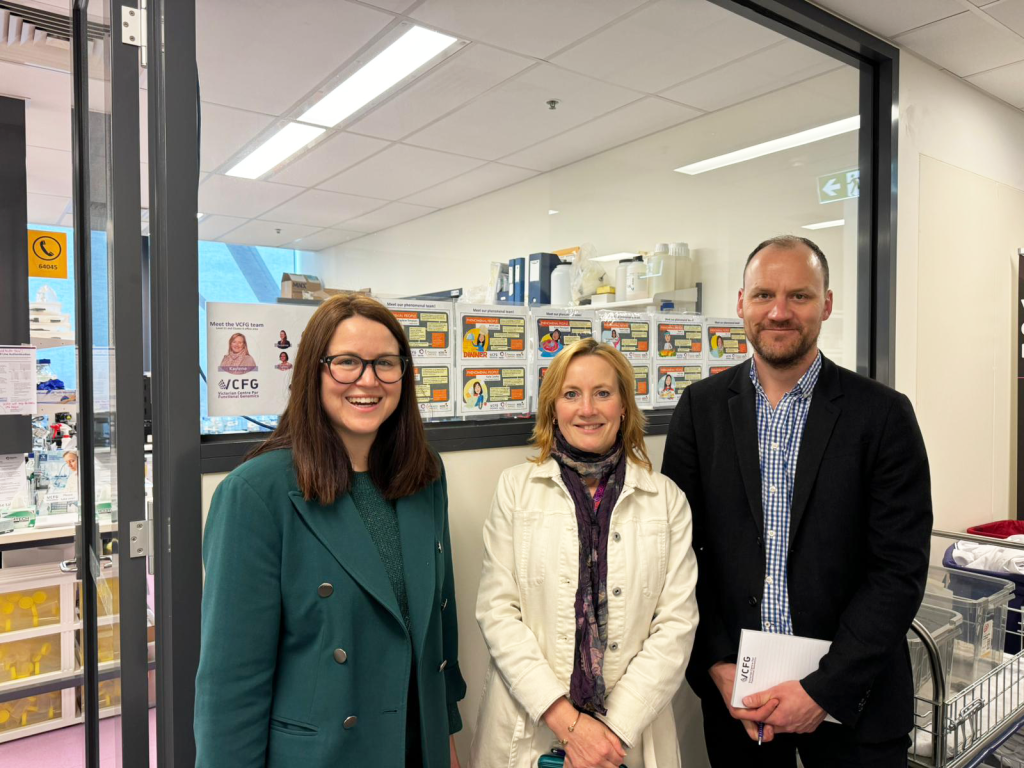
At Peter Mac, participants also toured the Victorian Centre for Functional Genomics (VCFG). Here, the expert team showcased cutting-edge facilities equipped with advanced technology, including automated whole-genome CRISPR screening systems. These enable discovery-based screening on multiple platforms, contributing significantly to the advancement of translational medicine.
We extend our deepest gratitude to the dedicated teams at MOP, Pathology, ADTF, and VCFG for making this visit truly memorable. We’re excited about the innovative work happening at Phenomics Australia nodes and look forward to sharing their achievements with our community.
Reach out to learn more about the expertise and services offered by MOP, Pathology, ADTF, and VCFG
